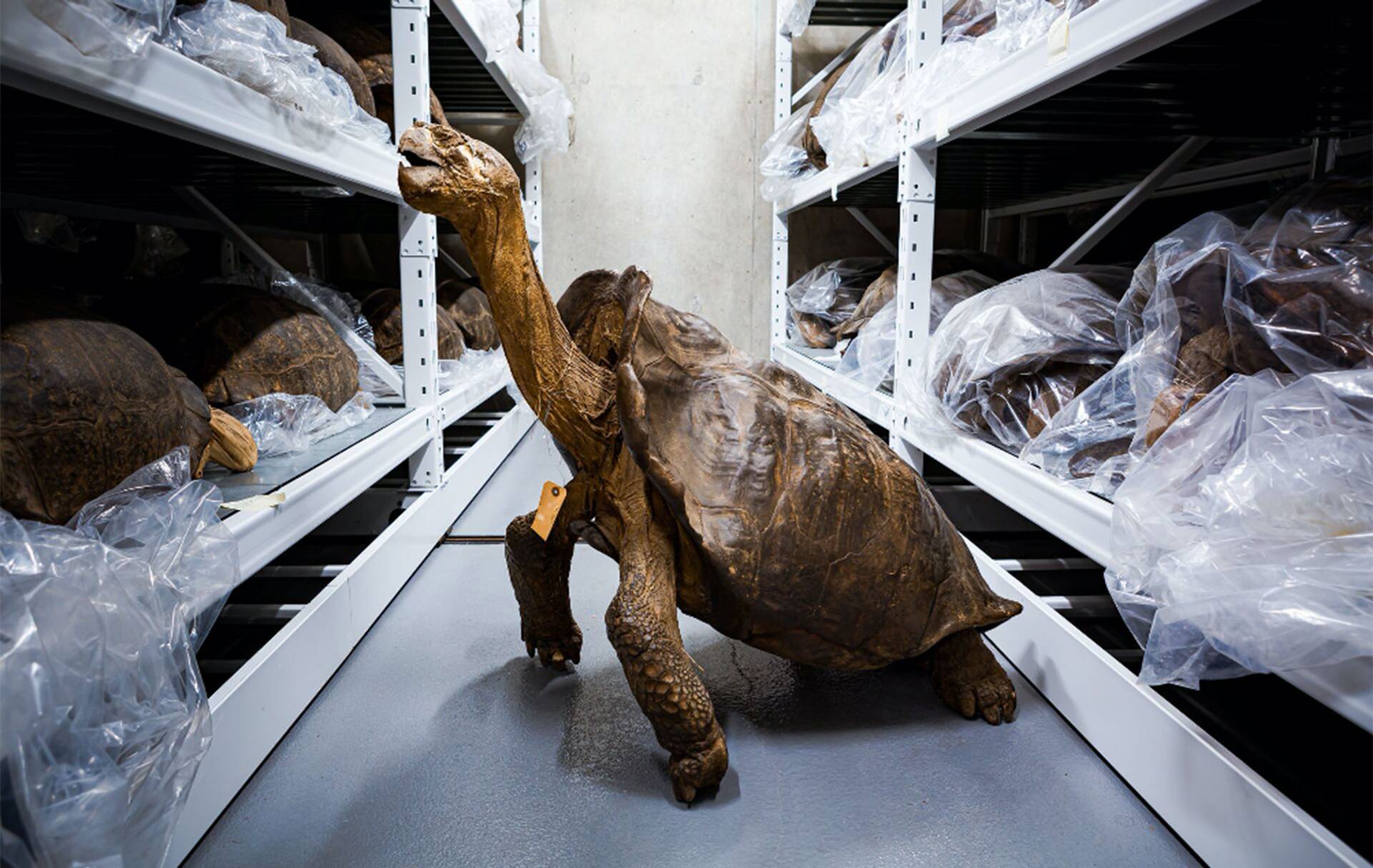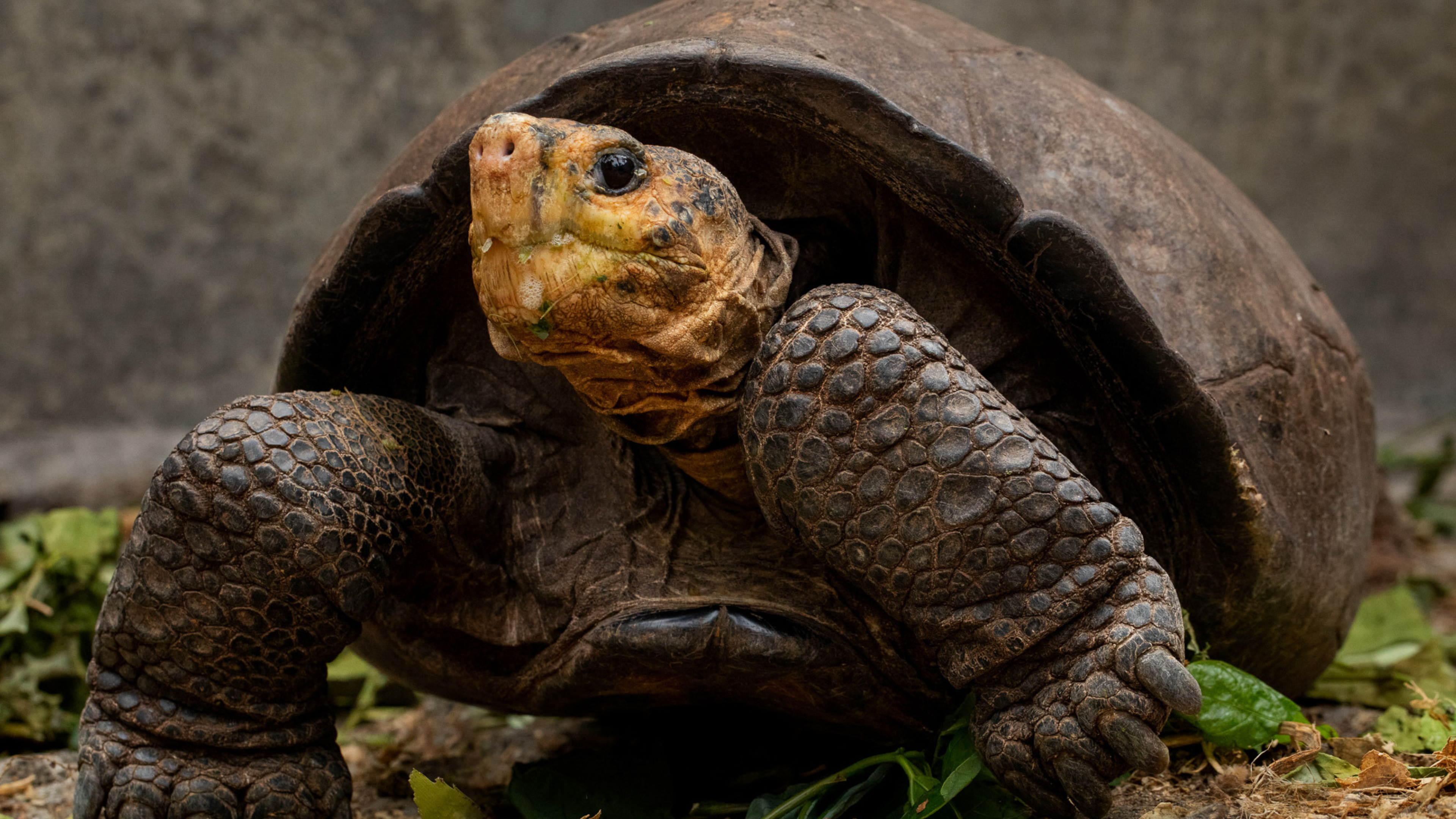No, Galapagos turtles are not extinct. These giant reptiles are still found in the Galapagos Islands today.
The Galapagos Islands, located in the Pacific Ocean, are renowned for their unique ecosystem and the diverse wildlife that inhabit them. Among the fascinating creatures that call these islands home are the Galapagos turtles. These distinct giant tortoises have captured the imagination of people around the world with their remarkable characteristics and appearance.
While there have been concerns about the survival of these tortoises due to various threats, such as habitat loss and introduced species, they are not extinct. In fact, concerted conservation efforts and protective measures have allowed the Galapagos turtles to maintain their population and continue to thrive in their natural habitat. We will delve into the intriguing world of Galapagos turtles, exploring their fascinating traits, their current status, and the efforts being made to ensure their long-term survival.
Status Of Galapagos Turtles
The Galapagos turtle, also known as the giant tortoise, has faced significant historical population decline. Due to overhunting and exploitation by pirates and whalers in the 18th and 19th centuries, their numbers dwindled rapidly. Their slow reproductive cycle and low survival rates of eggs and hatchlings further contributed to their decline.
In recent years, however, extensive conservation efforts have been made to protect and restore the population of these iconic creatures. The Galapagos National Park, in collaboration with international conservation organizations, implemented measures including habitat restoration, captive breeding programs, and strict regulations to combat illegal hunting and trading. As a result, the population has shown promising signs of recovery.
Currently, the population status of Galapagos turtles varies among different species. Some, like the Española tortoise, have shown successful population recovery, while others, like the Pinta tortoise, remain critically endangered with only a few individuals remaining. Ongoing efforts continue to monitor and protect these unique turtles to ensure their long-term survival.

Credit: www.princeton.edu
Threats To Galapagos Turtles
Threats to Galapagos Turtles:
Habitat loss and degradation:
One of the major threats faced by Galapagos turtles is habitat loss and degradation. Human activities such as tourism, agriculture, and urbanization have led to the destruction of nesting sites and feeding grounds. This has resulted in a significant reduction in the available habitat for Galapagos turtles, making it difficult for them to find suitable areas for reproduction and foraging.
Illegal hunting and poaching:
Another significant threat to Galapagos turtles is illegal hunting and poaching. Despite being a protected species, these turtles are still targeted for their meat and shells. Poachers often sell their products on the black market, undermining conservation efforts and further endangering the turtle population.
Introduction of invasive species:
The introduction of invasive species is yet another challenge faced by Galapagos turtles. Invasive plants and animals, brought to the islands by humans, compete with the turtles for resources and disrupt their natural ecosystems. These invasive species can negatively impact the food sources and nesting sites of the turtles, leading to a decline in their numbers.
Conservation Initiatives
Conservation initiatives have been crucial in ensuring the survival of Galapagos turtles. The Galapagos National Park plays a vital role in the conservation of these endangered species. They implement strict regulations to protect the turtles and their habitats. Through extensive breeding and reintroduction programs, efforts are made to increase the population of Galapagos turtles. These programs focus on raising turtles in captivity and then releasing them back into the wild. The community also actively participates in conservation efforts by working closely with the park authorities. They contribute to monitoring the turtles, protecting their nesting areas, and raising awareness among the local population about the importance of protecting these magnificent creatures.

Credit: www.galapagos.org
Looking Ahead
The Galapagos turtles face numerous challenges for their future survival. One of the most significant challenges is the destruction of their natural habitat due to climate change and human activities. Rising sea levels and increasing temperatures threaten the nesting beaches and food sources crucial for their survival. Additionally, invasive species, such as rats and goats, pose a significant threat to their eggs and young hatchlings.
Conservation efforts are crucial for the ongoing survival of Galapagos turtles. Strict regulations and monitoring of human activities on the islands can help minimize habitat destruction. Protecting nesting areas and implementing programs to control invasive species are also vital. Furthermore, public awareness campaigns and educational initiatives can promote the importance of conservation and generate support for ongoing efforts.
Despite the challenges they face, there is hope for the survival of Galapagos turtles. Conservation organizations, along with government agencies and local communities, are actively working to protect these iconic creatures and their habitat. By implementing sustainable practices and raising awareness, we can ensure a brighter future for Galapagos turtles, allowing future generations to witness the beauty and significance of these incredible animals.

Credit: phys.org
Conclusion
There is currently no evidence that Galapagos turtles are extinct. However, their population has significantly decreased over the years due to various factors such as habitat destruction and invasive species. The conservation efforts in place are helping to protect and restore their numbers, but continued efforts are necessary to ensure the survival of these magnificent creatures.
Together, we can work towards preserving the Galapagos turtles and the unique biodiversity of the islands.





Leave a Reply